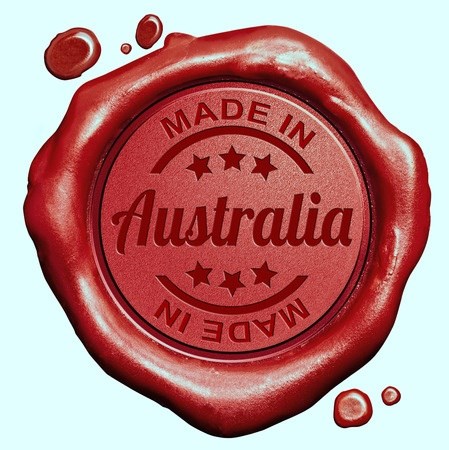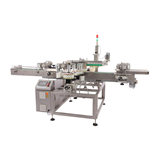You're probably also wondering what they might mean for you aside from the cost of redoing all your product packaging.
The final push for the new regulations came from government commissioned research in 2015 that found, among other things, Australian shoppers are either confused or cynical about current Country of Origin Labelling.
The research also found almost three quarters of shoppers surveyed thought Country of Origin Labelling was important or very important.
After investigating and consulting on a number of options a new information standard was chosen, and businesses have two years to comply when the new law comes into force on 1st July 2016.
What's Changed?
Depending on what you produce there are a few options but essentially packaging on most foods now has to have a three part label that includes:
- The already familiar kangaroo in a triangle logo, unless the food was imported in which case should include a country of origin statement
- A bar chart showing the percentage of Australian ingredients
- A two part explanatory text that states if the food was grown, produced or made in Australia and what percent of the ingredients are Australian
Although businesses will be out of pocket thanks to the new regulations the government believes the result will be a net benefit to the tune of $66m over 20 years.
Savings are expected to come mostly from the simplification of testing needed to defend current claims of ‘Made in Australia', as well as from licence fees.
Benefits to consumers are not valued since ‘there is judged to be insufficient information to allow an accurate dollar value to be placed on this benefit", according to the government's regulation impact statement (p66), but some elaborate number crunching does try to put a value on the time shoppers will save as part of the argument.
Why Do People Really Buy?
In this research price is the main reason shoppers decide to buy, whether the food is fresh, highly processed, or somewhere in between.
Country of Origin ranks either second or third, depending on the level of processing, alongside quality and appearance.
Similar market research from 2011 also found most shoppers ranked price equal to if not more important than Country of Origin, but back then almost two thirds admitted they hardly ever checked to see where their food came from.
So there's a good chance some other factors are at play here, such as consumer confidence.
Consumer confidence in Australia is measured regularly by economists, and it's fickle. Inflation, unemployment, and the state of global economics all have an impact.
In 2011 consumer confidence was on a downward trend and was part of a generally negative economic outlook and inflation was almost three percent, double that of 2015.
Despite slightly lower unemployment, the global financial crisis was clearly still fresh in shopper's minds.
Given that level of economic uncertainty it's no surprise price was the number one deciding factor so maybe shoppers in 2015 would be more likely to buy local if they were better informed.
Will Country of Origin Labelling Make a Difference?
It's comforting to think that if more Aussies knew your products were locally grown or made, they'd buy more of them.
But despite decades of research the jury is still out on the full impact of Country of Origin Labelling.
It's true that almost three quarters of the 1220 shoppers in the 2015 market research said Country of Origin Labelling was important or very important.
But that's not the same as saying it's the reason they would buy something.
In fact a review of 20 years of research into Country of Origin Labelling published in the Journal of Macromarketing in 2014 found that "little generalizable knowledge about COO food labelling effects exists".
Which makes it difficult to believe that one 2015 survey of 1220 Australian shoppers has conclusively proved otherwise.
Part of the problem is people don't always do what they say they're going to do. In research it's called hypothetical bias.
So shoppers who say they would buy local if they were better informed might still buy the cheaper imports.
But a bigger part of the problem is that there are just too many other variables at play.
Two decades of research identified a whole range of other factors that impact on buying decisions including, among other things, how knowledgeable the shopper is, how much other information is presented on the packaging, and the perceived safety of food imported from, for example, European or Asian countries.
It also found shoppers prefer food produced in their home country, are willing to pay more for domestic food, and are willing to pay more if they think the labelling information suggests the food is safer.
Add to that the influence of cultural values and norms and it's no surprise the literature review went on to conclude "the exact impact of … COO labelling initiatives still remains unclear and highly debatable".
What Now?
It's clear that decades of research hasn't been able to establish the full impact of Country of Origin labelling on buyer behaviour, there are just too many other variables at play.
But the new regulations will soon be law so businesses need to comply. For sure consumers will be better informed, but whether they will buy more Aussie produce remains to be seen.














